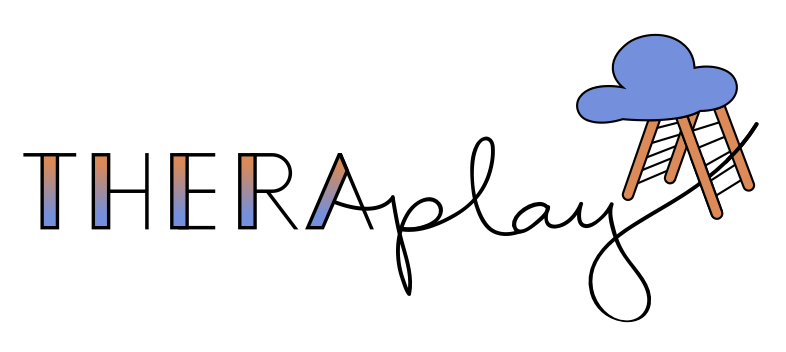Getting a Handle on Handwriting
If It Feels Like You’re Grasping at Straws When It Comes to Improving Your Child’s Handwriting, Our Los Angeles Based Therapists Can Help!
Does your child hate handwriting? Do they start whining or having a meltdown the second they have to start homework?
If you notice any of these behaviors, they may be using these tactics to avoid one of the skills most important for success in a school setting.
Handwriting is one of the most difficult tasks kids tackle. For starters, it requires a solid foundation in hand eye coordination, fine motor skills, visual perceptual skills, and bilateral coordination… the list goes on!
From birth, our brains are wired to help us learn spoken languages, but our brains have to learn how to combine the skills we use for handwriting from scratch.
So many skills and systems have to work together to allow us to write even a single word!
You have to simultaneously use your…
Knowledge of language
Visual system
Vestibular system (the ability to tell where your limbs are in space)
Ability to cross midline
Fine motor skills
Sense of touch and pressure with every letter you write.
When kids have difficulty performing a task they can’t avoid, they can form bad habits to help them compensate for weaker areas of development. While these compensatory strategies may help them in the short term, they don’t allow for proper growth and development.
For example, they might have an immature pencil grip, using only four fingers.
Your child may also put their head down on the table while they write. This helps them keep their head still so they concentrate on their hand movements, but it can also lead to poor handwriting, inconsistent letter size, and incorrect letter placement on the page.
Think about how difficult it is to write in a straight line when your head is at a slant.
Or maybe you notice them moving their head as they move their hand across the page. This is likely a sign that they’re having difficulty tracking movements with just their eyes. They need the extra input provided by moving their head and hand simultaneously to get a better sense of where their hand and, by extension their pencil, is on the page.
This difficulty with tracking will reappear when they play sports, read, and even when watching movies or TV shows.
The good news? Here at Theraplay LA, our OTs have training in both sensory integration and Handwriting Without Tears, an internationally recognized and award winning program!
Our expertise in sensory processing and motor development allows us to help your child address the sensory differences keeping them from writing while helping improve their handwriting abilities through multi-sensory approaches.
We’re determined to help set your child up for success, academically and beyond.


